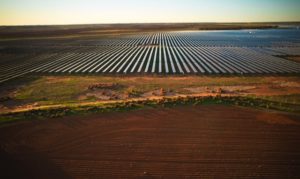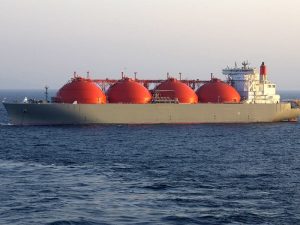New research has found that the most economical way for households to heat water is by using standard solar panels hooked up to an electric hot water system.
The research, released on Wednesday by Queensland PV company Ecoelectric, finds that solar hot water specific systems, as well as heat pump and gas systems all have greater operating costs than solar PV over the long term, as well as in terms of initial outlay.
The analysis also finds that hot water green schemes, including solar hot water system rebates and water pumping rebates, could have little effect on closing the gap between the total cost of traditional renewable water heating methods and the much lower cost of using Solar PV.
According to Ecoelectric – which bills itself as a leading specialist in solar power and hybrid battery systems – a solar PV water heating system would require no additional installation other than a timer, which tells the hot water system to run during day light hours. The hot water is then powered by the sun.
“For those looking for further cost efficiencies in their home, Solar PV can be used to heat water, you do not need to install specific solar hot water systems, which our study has shown are less cost efficient,” said Ecoelectric managing director Jeff Wehl.
“With over a million homes in Australia already having solar panels on their roofs, many people are unaware that these panels can be used to realise greater energy efficiency and savings, via the heating of water for their home.”
The company’s blog has a less formal, but perhaps more detailed, explanation of its analysis and findings, with a number of tables (including the below) to help illustrate its point.

“As you can see,” the blog says, “the combination of a trusty old storage system with solar PV is EXTREMELY cost effective. In fact if you already have storage you would be crazy to change to anything else. If you’re looking at a new build you may be slightly better off with solar hot water, but it’s so close as to be almost negligible.”
These claims by Ecoelectric will not be welcomed by Australia’s solar hot water industry which, as we noted earlier this year, has shrunk to just one-third of its former size following unexpected policy changes in 2012.
Before these changes, as you can see in the chart below, solar hot water was, well, hot; widely considered to be the next big thing, and expected to go from strength to strength, perhaps even compensating for a rooftop PV slowdown.

Instead, rooftop solar has managed (mostly) to maintain momentum, although the local industry has expressed concern it was headed for the same fate as solar hot water, should the Abbott government make dramatic changes to the Renewable Energy Target’s small-scale scheme (SRES).










